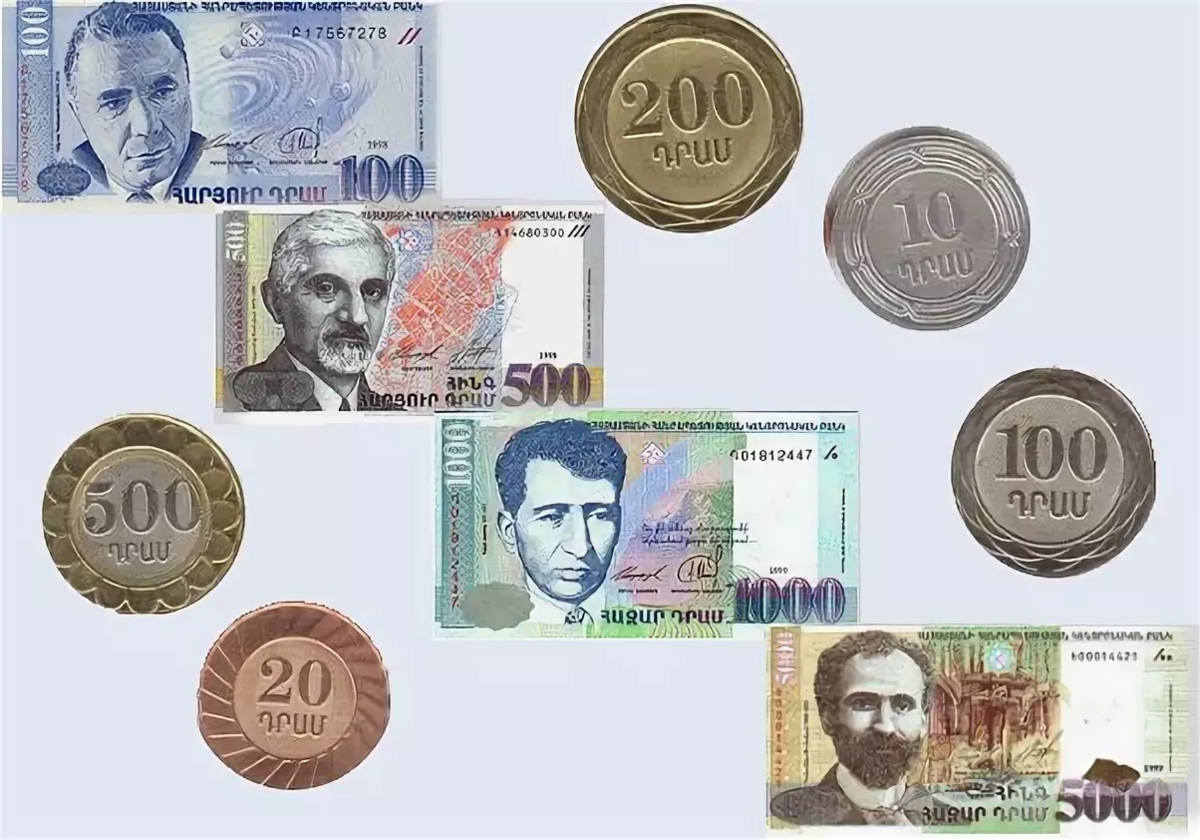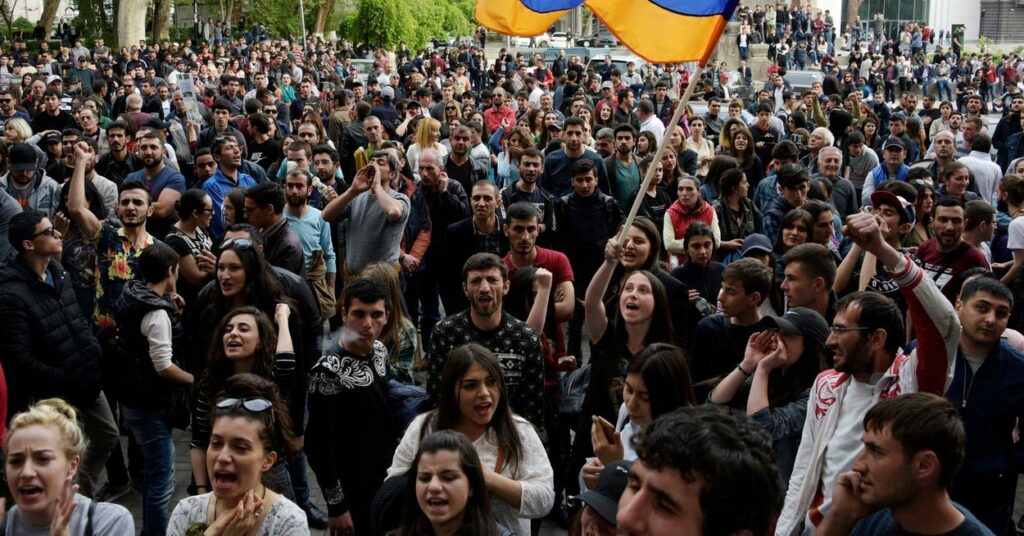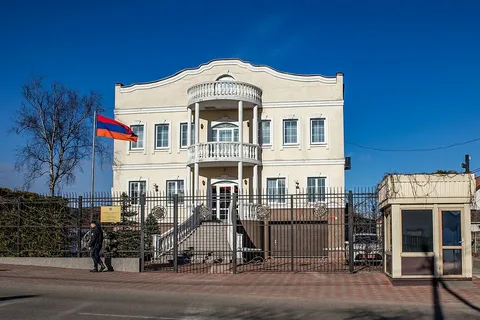The official currency of Armenia is the Armenian dram (AMD), which has been in circulation since 1993. The dram plays a crucial role in the country’s economy and is a symbol of its independence and sovereignty.
History of the Armenian Dram
Early Currency in Armenia
Armenia’s history of currency dates back to ancient times when various forms of coinage were used, influenced by Greek, Persian, and Roman cultures. During the Soviet era, the ruble was the official currency of Armenia.
Introduction of the Dram
After gaining independence from the Soviet Union in 1991, Armenia introduced its own currency, the dram, on November 22, 1993. The Central Bank of Armenia (CBA) was established to oversee the issuance and regulation of the new currency.
Evolution and Modernization
Since its introduction, the dram has undergone several changes, including the introduction of new banknote designs and security features to prevent counterfeiting. The currency has also been modernized to reflect Armenia’s cultural heritage and historical landmarks.
Current Banknotes and Coins
Banknotes
Armenian banknotes come in various denominations, including 500, 1,000, 5,000, 10,000, 20,000, 50,000, and 100,000 drams. Each banknote features prominent figures from Armenian history, cultural icons, and important landmarks.
- 500 dram: Features the image of Fridtjof Nansen, a Norwegian explorer and humanitarian.
- 1,000 dram: Depicts the famous Armenian poet Paruyr Sevak.
- 5,000 dram: Honors Saint Gregory the Illuminator, a religious figure central to Armenia’s Christian heritage.
- 10,000 dram: Shows the image of Avetik Isahakyan, a renowned Armenian poet and writer.
- 20,000 dram: Features Hovhannes Shiraz, a prominent Armenian poet.
- 50,000 dram: Displays King Abgar V of Edessa, a significant historical figure.
- 100,000 dram: Commemorates Saint Gregory of Narek, an Armenian monk, poet, and philosopher.
Coins
Armenian coins are available in denominations of 10, 20, 50, 100, 200, and 500 drams. The coins feature various designs, including cultural symbols, historical figures, and national emblems.
Role of the Central Bank of Armenia
The Central Bank of Armenia (CBA) is the primary institution responsible for regulating the country’s monetary policy and ensuring the stability of the dram. The CBA also oversees the issuance of currency, implements measures to control inflation, and manages Armenia’s foreign exchange reserves.
Exchange Rates and International Trade
Exchange Rate System
Armenia operates a floating exchange rate system, where the value of the dram is determined by market forces. The CBA intervenes occasionally to stabilize the currency and prevent excessive volatility.
Trade and Foreign Exchange
Armenia engages in international trade with various countries, and the dram is exchanged for major global currencies like the US dollar, euro, and Russian ruble. The exchange rates fluctuate based on economic conditions, geopolitical factors, and global market trends.
Fun and Interesting Facts about Armenian Currency
Symbolism
The word “dram” means “money” in Armenian and has historical significance as it was also the name of the currency used during the medieval Armenian Kingdom of Cilicia.
High-Value Notes
The 100,000 dram banknote is one of the highest denominations in the world, equivalent to approximately 200 USD.
Unique Designs
Armenian banknotes feature intricate designs and vibrant colors, showcasing the country’s rich cultural heritage and artistic talent.
Frequently Asked Questions (FAQs)
What is the official currency of Armenia?
The official currency of Armenia is the Armenian dram (AMD).
What denominations are Armenian banknotes available in?
Armenian banknotes are available in denominations of 500, 1,000, 5,000, 10,000, 20,000, 50,000, and 100,000 drams.
What is depicted on Armenian banknotes?
Armenian banknotes feature prominent figures from Armenian history, cultural icons, and important landmarks.
How is the value of the dram determined?
The value of the dram is determined by a floating exchange rate system, influenced by market forces and occasionally stabilized by the Central Bank of Armenia.
What role does the Central Bank of Armenia play?
The Central Bank of Armenia regulates the country’s monetary policy, issues currency, controls inflation, and manages foreign exchange reserves.
Can I exchange Armenian drams for other currencies?
Yes, Armenian drams can be exchanged for major global currencies like the US dollar, euro, and Russian ruble.
Is the Armenian dram a stable currency?
The Armenian dram is relatively stable, with the Central Bank of Armenia taking measures to prevent excessive volatility.
What is the significance of the word “dram”?
The word “dram” means “money” in Armenian and was historically used as the name of the currency during the medieval Armenian Kingdom of Cilicia.
Are there any high-value Armenian banknotes?
Yes, the 100,000 dram banknote is one of the highest denominations in the world, equivalent to approximately 200 USD.
What symbols are featured on Armenian coins?
Armenian coins feature various designs, including cultural symbols, historical figures, and national emblems.
- Cities And Towns In Portage County, Wisconsin - August 25, 2024
- Cities And Towns In Rusk County, Wisconsin - August 25, 2024
- Cities And Towns In Marinette County, Wisconsin - August 25, 2024









